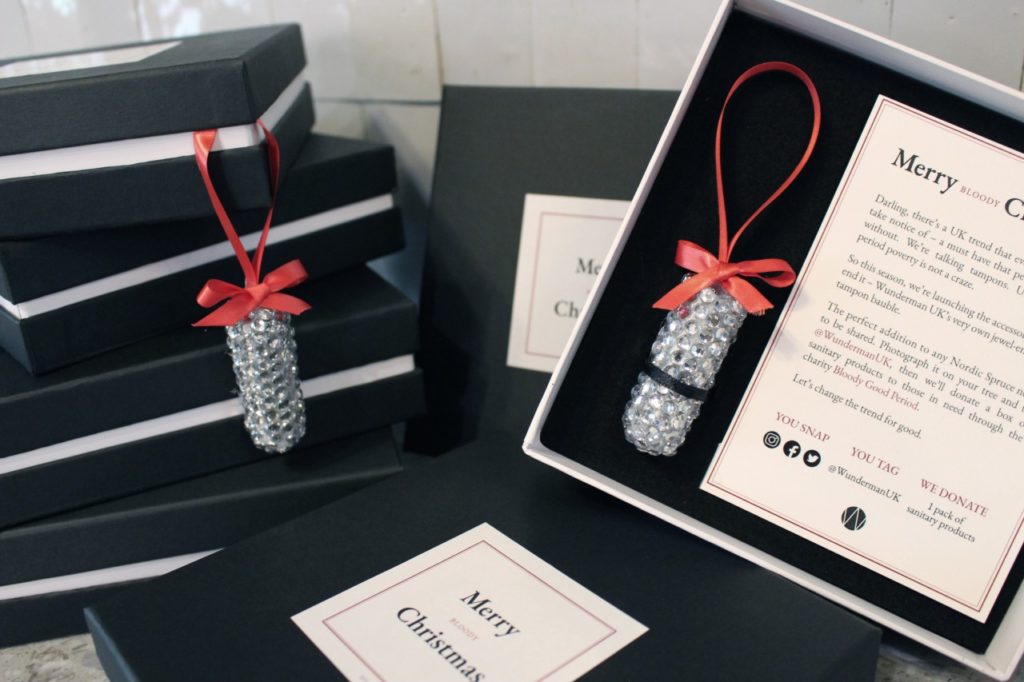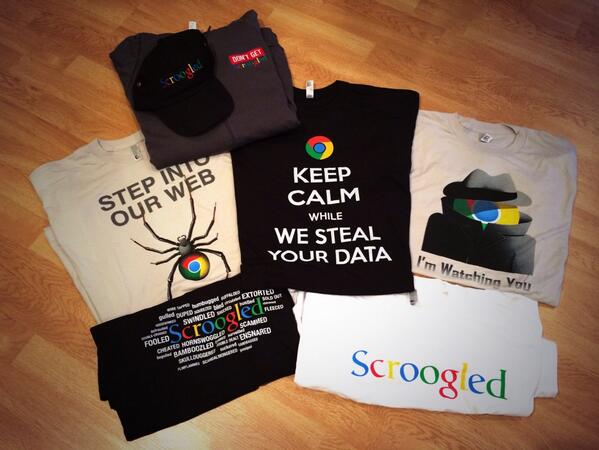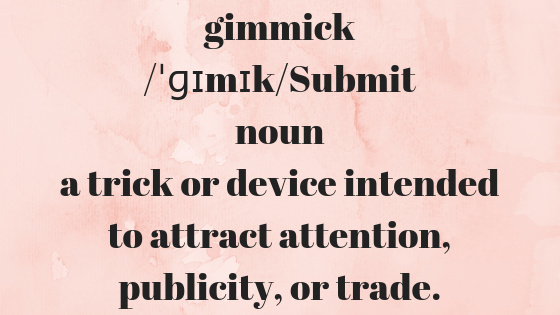I have never been a fan of reality TV. I think that I have seen one series of My Kitchen Rules and a couple of episodes of Master Chef.
That all changed a few weeks ago when I had a bad riding accident and couldn’t do much but sit quietly for a while. I ended up watching a lot of Netflix, and due to my pain levels could not cope with anything more taxing mentally than reality TV.
Still I got sick of them pretty quickly and kept moving from one show to another. It was Fashion Fund that struck a chord and led me down memory lane.
Fashion Fund is a competition where ten designers get to work with the biggest names in the business in the hope of becoming the Fund Designer of the Year – an award that comes with $400,000 and a one-year mentorship with some of fashions biggest luminaries.
The bit that interested me was in the first episode. Applicants had to make their pitch to be in the competition. 200 applications were whittled down to 50 and then to ten.
I loved some of the pitches. They were delivered to the Fashion Fund building and distributed amongst the Judges. They were not there to make their pitch personally – their application had to do that for them.
The ones shown on TV, (which mostly comprised of the ten successful applicants) were sophisticated, beautiful and told a story.
They had to capture the judges’ attention and imagination.
The concept reminded me of the pre-digital days of the media release, where, depending on the pitch we sent the media something, (such as a gimmick) to
In the case of my work, which was often more about advocacy than product, finding something witty or clever that would help to tell our story helped enormously. I clearly remember a women’s health campaign where a colleague rolled up the releases and inserted them into speculums and delivered them to media and to members of parliament.
Businesses still do this today, the fashion industry in particular, and often via digital tools. Episode one took me back to the days of tangible three dimensional products that could be picked up, put down and moved around.
Think about including something that will surprise your media outlet, blogger, influencer in your next pitch and if you have access to Netflix, I recommend watching the first episode for examples of beautiful products that tell a story and set out to impress and influence.
I did a quick google for modern examples of tangible ‘things’ to go to media and here are a few finds:
Wunderman’s UK office created a range of tree decorations made from tampons and sent out to clients, influencers and media. When the gift was shared on social media tagging the agency, they pledged a box of period products to charity Bloody Good Period.


A
You can probably imagine various situations where a witty and relevant t shirt slogan might grab attention from the media – just make sure that it is relevant to the campaign.
This mystery box is a great example of including a few small inexpensive products that tell a great story of a neighbourhood, but could easily include items to tell a broad range of stories.
If you want to learn how to create a digital media kit go to our online marketing course Agile Communities – heaps of short courses for the Marketing and PR Manager practitioner.


